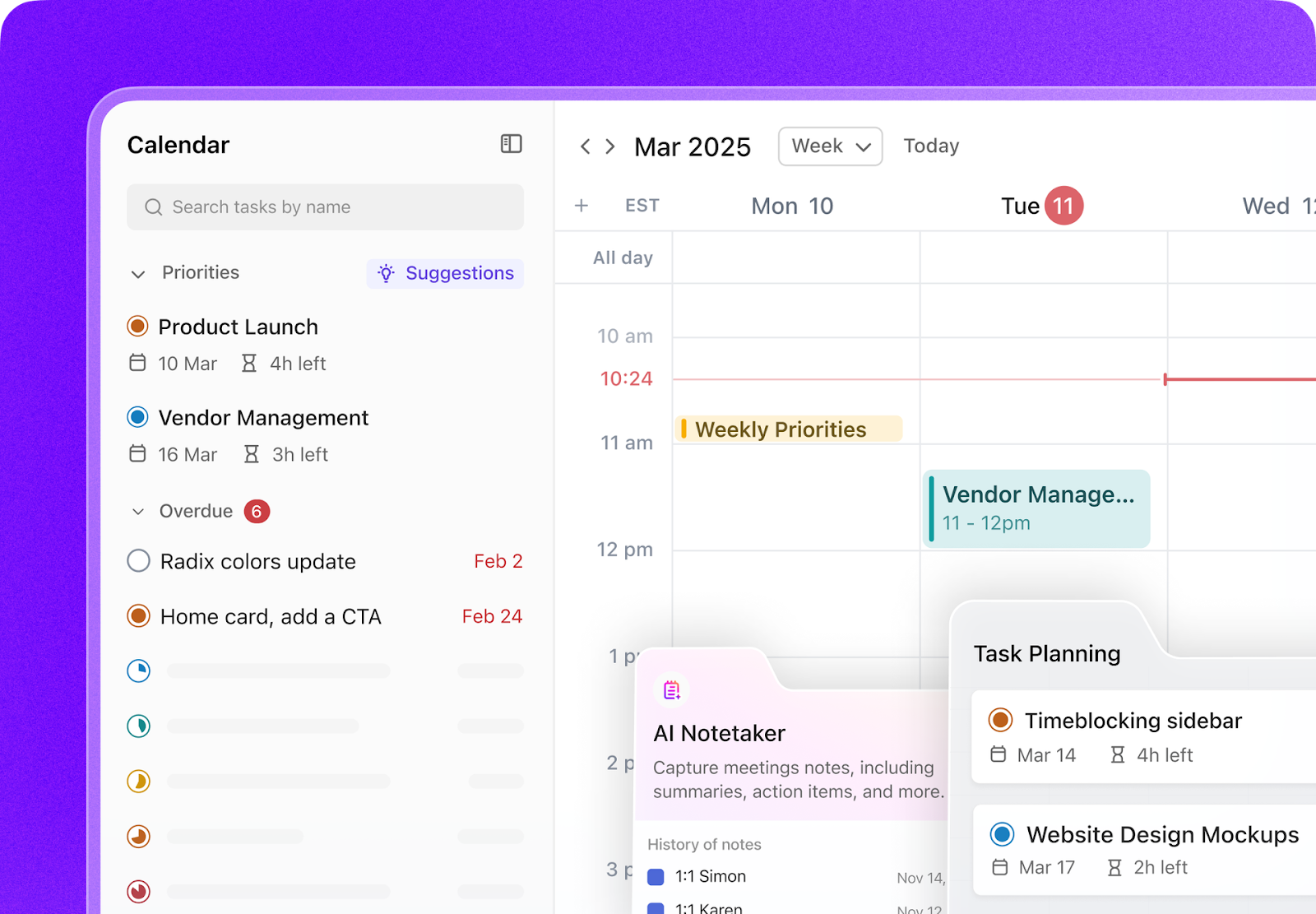Cybersecurity is one of the most rapidly growing industries in the technology space. With an increase in cyber attacks, businesses in every sector are seeking talented professionals to safeguard their digital properties. But how do you transition from being an inexperienced student to being a successful, well-compensated cybersecurity expert? In this blog, we will outline the step-by-step journey to establish a successful cybersecurity career—from the fundamentals to becoming an expert.
Prefer watching instead of reading? Here’s a quick video guide
Step 1: Know What Cybersecurity Is
It’s crucial to know what cybersecurity actually is before pursuing the career path.
Cybersecurity is about safeguarding systems, networks, and data against digital attacks. The attacks may be in numerous forms—malware, phishing, DDoS attacks, or insider threats. Cybersecurity experts assist in detecting, preventing, and reacting to these attacks.
Some of the main areas in cybersecurity are:
- Network Security: Protecting networks and data from breaches.
- Application Security: Making apps secure from vulnerabilities.
- Cloud Security: Securing data in cloud services.
- Incident Response: Responding and recovering from cyber attacks.
- Penetration Testing: Identifying vulnerabilities before hackers do.
Step 2: Build a Strong Foundation
As a student, begin with the fundamentals of computer science and networking. These fundamentals are essential for grasping system functionality and how systems may be attacked or defended.
Recommended Topics to Study:
- Operating Systems (Linux and Windows)
- Computer Networks (TCP/IP, DNS, VPN)
- Programming/Scripting (Python, Bash, JavaScript)
- Web Technologies (HTML, CSS, JavaScript, HTTP)
- Databases (SQL basics)
Free Resources to Start:
- Cybrary
- TryHackMe
- Hack The Box
- Cisco Networking Academy
- [YouTube Channels like NetworkChuck, John Hammond, The Cyber Mentor]
Step 3: Get Familiar with Cybersecurity Concepts
Once you’ve got the basics down, start exploring cybersecurity-specific concepts:
Important Concepts:
- Firewalls and Intrusion Detection Systems (IDS/IPS)
- Encryption and Cryptography
- Social Engineering and Phishing
- Cyber Kill Chain and MITRE ATT&CK framework
- Common Vulnerabilities (OWASP Top 10)
Begin to read security blogs, view tutorials, and keep abreast of cybersecurity news to remain current with trends.
Step 4: Select Your Cybersecurity Specialization
Cybersecurity has numerous specializations.
Step 5: Learn by Doing (Hands-On Practice)
Theory is great, but practice is greater. Use hands-on platforms to put what you’ve learned into practice:
Labs & Platforms:
- TryHackMe (Beginner-friendly labs)
- Hack The Box (Real-world CTFs and hacking labs)
- PortSwigger Web Security Academy (Web app security)
- OverTheWire (Linux and CTF practice)
- Blue Team Labs Online (For defensive skills)
Create your own Home Lab:
- Create Virtual Machines with VirtualBox or VMware.
- Install Kali Linux, Metasploitable, or vulnerable apps.
- Scan, exploit, and patch, practice.
Step 6: Earn Certifications (Optional but Valuable)
Certifications demonstrate to employers that you’re serious and proficient. You don’t have to get them, but they can open doors for you.
Beginner-Friendly Certifications:
- CompTIA Security+ – An excellent starting point.
- Cisco CyberOps Associate
- Certified Ethical Hacker (CEH)
Intermediate to Advanced:
- CompTIA CySA+ or PenTest+
- eJPT (by INE) – Excellent for beginner PenTesting
- OSCP (Offensive Security Certified Professional) – Very well known
Select according to your career choice. Penetration testers can opt for OSCP, while SOC analysts might go for Security+ or CySA+.
Step 7: Build Your Portfolio
Employers would love to see evidence of your skills.
Create a portfolio with:
- Projects: Write blogs, scripts, or automation tools.
- CTF Writeups: Explain that you solved security problems.
- GitHub Repo: Post code, tools, or practice labs.
- Personal Blog or Website: Document your learning process.
- LinkedIn Profile: Maintain it with your projects and accomplishments.
That demonstrates initiative, passion, and hands-on skills—precisely what companies want.
Step 8: Apply for Internships or Entry-Level Positions
Once you have some projects and skills behind you, begin applying. Even internships or freelance work are a good starting point.
Entry-Level Positions to Search for:
- SOC Analyst (Security Operations Center)
- IT Help Desk (usually a gateway to security positions)
- Junior Security Analyst
- Vulnerability Management Intern
- Don’t wait to be “100% ready.” The best way to learn is on the job.
Step 9: Keep Learning and Networking
Cybersecurity is a daily evolving field. Stay ahead by continuing to learn.
Stay Updated:
- Site follow cybersecurity news sites (KrebsOnSecurity, ThreatPost)
- Site subscribe YouTube channels and newsletters
- Participate in communities: Reddit (r/netsec), Discord, Twitter/X, LinkedIn groups
Network with Others:
- Go to local or remote security meetups (BSides, DEFCON groups)
- Participate in Capture the Flag (CTF) tournaments
- Get involved in open-source security initiatives
Networking generally results in getting a job or being mentored.
Last Thoughts
Becoming a cybersecurity professional takes time, patience, and commitment—but it’s entirely within reach for anyone with interest and motivation. You don’t require a costly degree or specialized equipment. You just need a laptop, internet, and the desire to learn.
Here’s a brief rundown of your journey:
- Learn the Fundamentals – Systems, networks, and programming
- Delve into Cybersecurity Concepts
- Choose a Specialization
- Practice Frequently
- Get Certified (Optional)
- Develop a Portfolio
- Apply for Jobs or Internships
- Continuously Learn and Network
Cybersecurity is not a career—it’s a calling. If you enjoy fixing puzzles, safeguarding individuals, and combating cyber threats, this career is meant for you.
So begin now. The earlier you get started, the sooner you’ll be an expert.











